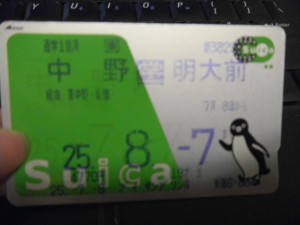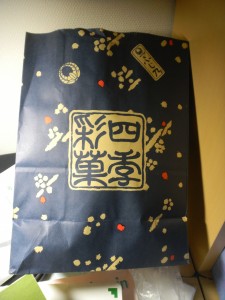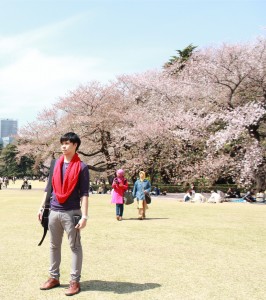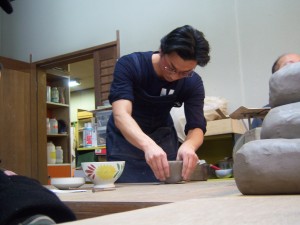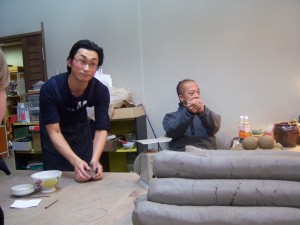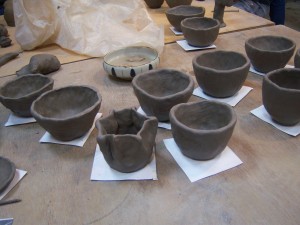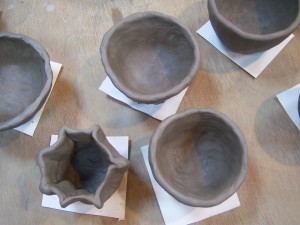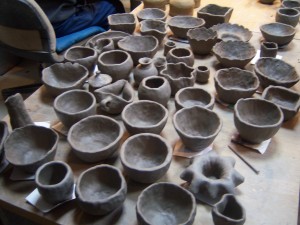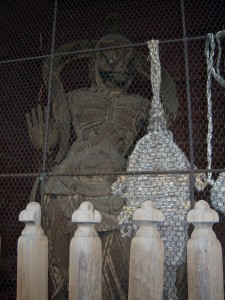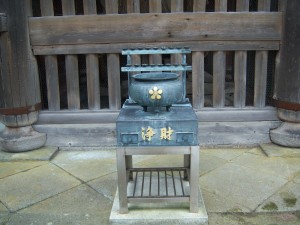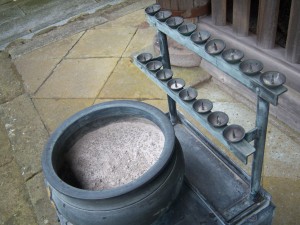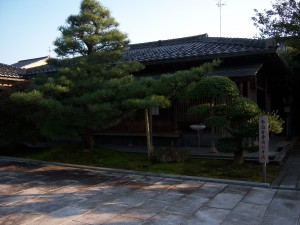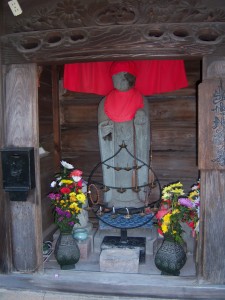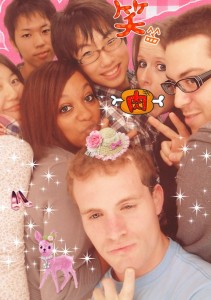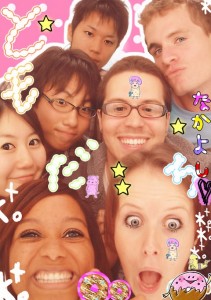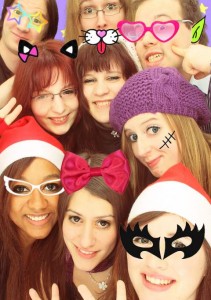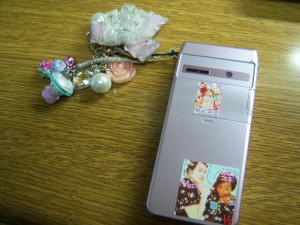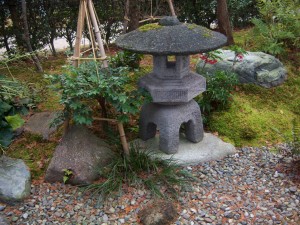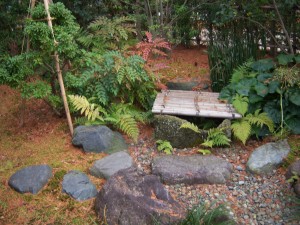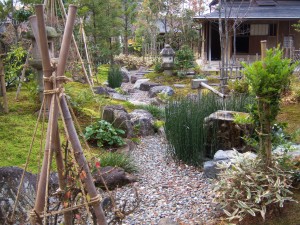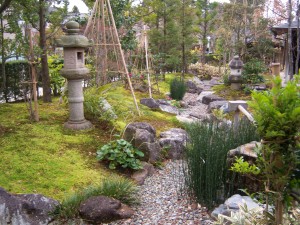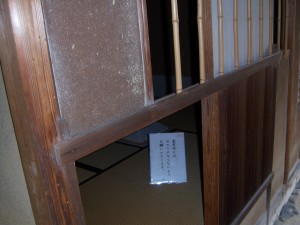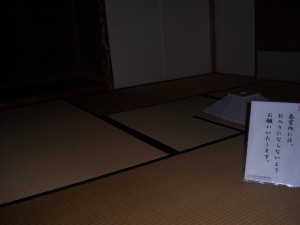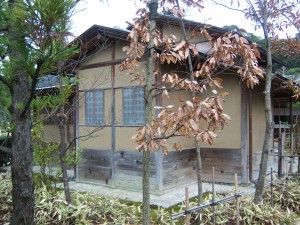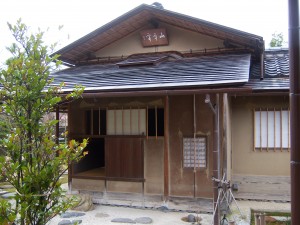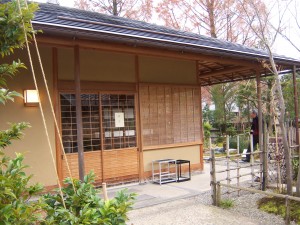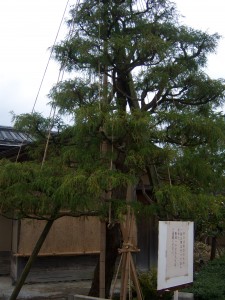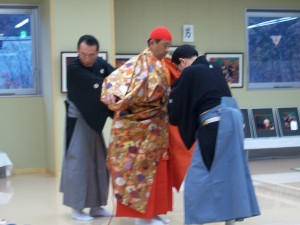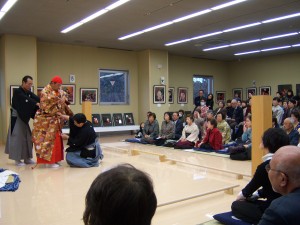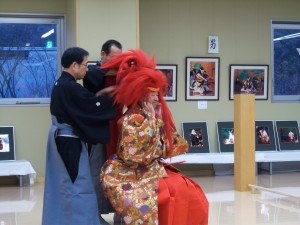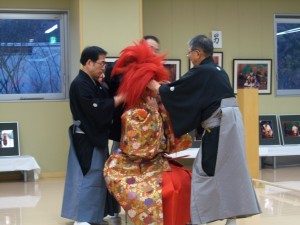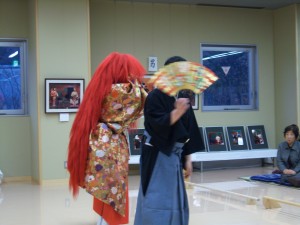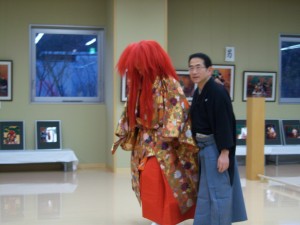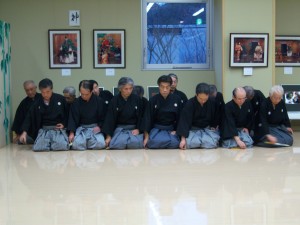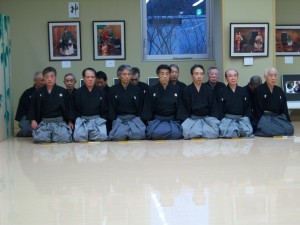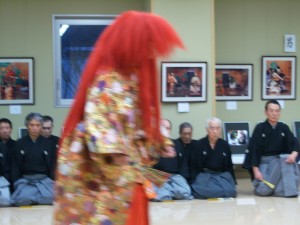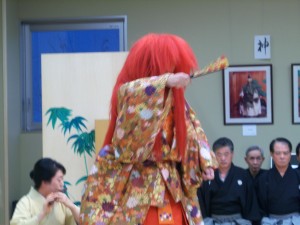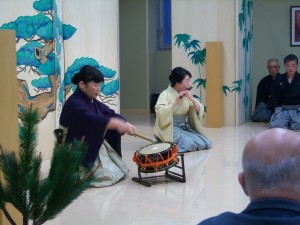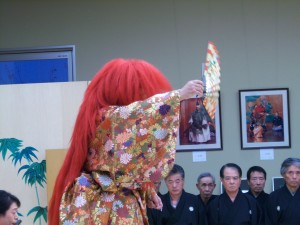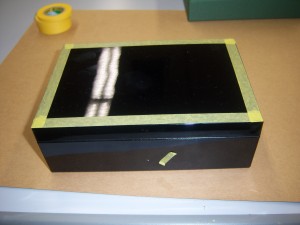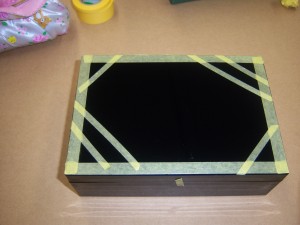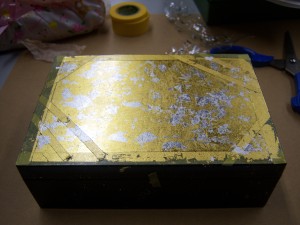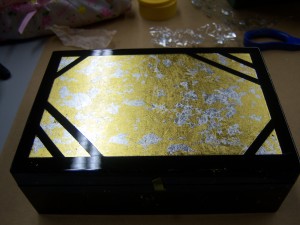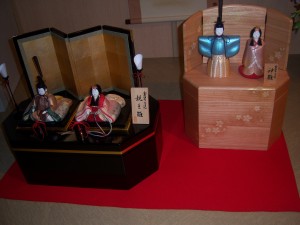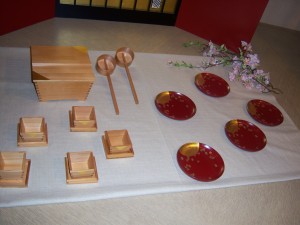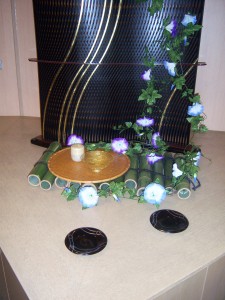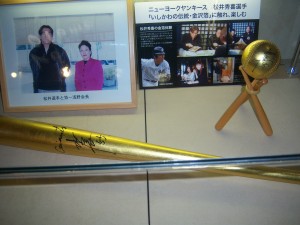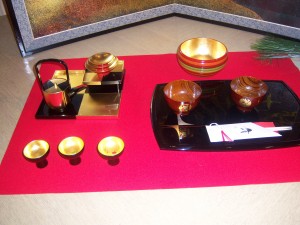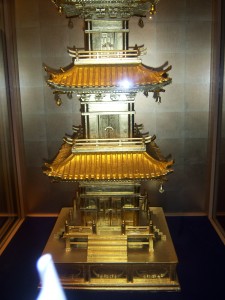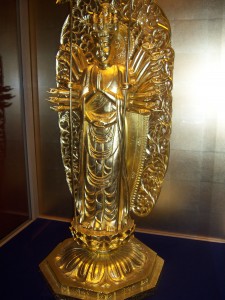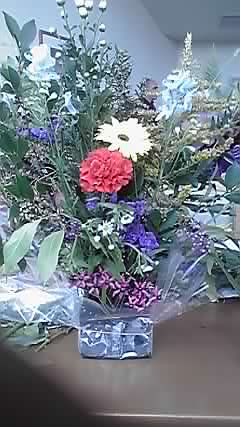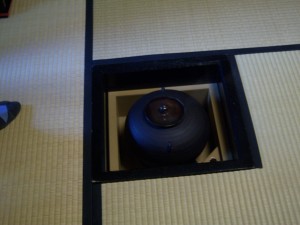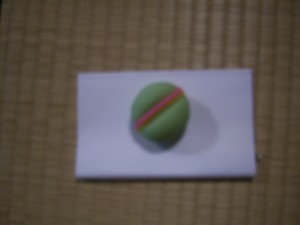I purchased my first bicycle from Suginami Green Cycle this week. The shop only sells refurbished bicycles for as cheap as 6,500 yen on certain days of the month. In Japan, since there are so many people ride bicycles, there are designed parking areas for bicycles. The government takes bicycles that were illegal parked and sells them through shops such as the one I went to. Mine cost 8,000 yen, or around 80 dollars and is equipped with a basket.
I spent my first morning in Japan riding a bike along with my friend. However he laughed at me because I did not know how to ride a bike. My father never taught me how to ride one when I was little. What makes that irony is that my father was good at riding and fixing bikes. Right after I bought my bike, I used it to get to my school campus in Nakano. I ended up lost several times and ultimately late to class. The trip would have taken 30-40 minutes if I did not get lost. But I was proud of myself because I can ride a bike well enough by then. I stopped using my bike to get to school because I did not want to pay for parking every time(100 yen each time can add up really fast, and I had a commuter pass anyways).
Since I did not pack enough clothes, I took the opportunity to buy new and more stylist clothing here. For anything related to fashion in Tokyo, Harajuku and Shibuya are the places to go. Just walking down the streets in those areas, you will see tons of unique styles that you cannot even find in New York City. They are also affordable, though some shopping districts like the Ginza(which I have been to) are really meant for upper class people.
I have decided to take one more class in Japanese on Saturdays because my campus-mate persuaded me into it. Now my commuter pass will be even more worth it since I need to go to school everyday of the week besides Sunday. In comparison to my Comparative Culture class, this professor speaks more clearly and has a great sense of humor. Since his class is “East Asian studies,” he allows his students to write in English, Japanese, Chinese, and Korean. This means that he can also speak and understand all those languages. I am really impressed by him~
I really am enjoying my life here. Although though I have been here a little less than a month, I already do not want to leave here. Tokyo has become a 4th home for me. America is my first home (where I was born), Vietnam is my second home (where my family originated from), and Australia is my third home (where most of my mom’s side of the family now live). If I ever lose one of them, I will always have another one to return to. Perhaps, it is because I had to start my life from scratch here that I feel so strongly about Tokyo.
Even though I dormed at New Paltz, I still felt somewhat trapped. I was literally trapped too because I could not go anywhere without a car. Although having a roommate was a good experience for me, I would rather have my own room. Living with a roommate means that you have to adapt to their lifestyle in order to have a healthy relationship with them. Not having a roommate allows you to develop your own lifestyle and thrive in it.
The high cost of living in Tokyo encouraged me to cook most of my meals. The food in Japanese restaurants tastes so good, but the serving size is usually not enough to make me feel full. Meanwhile at New Paltz, it was impractical to cook most of my meals because everyone in the building shared the same kitchen in addition to having a meal plan. I had to go into “wasteful mode” in order to finish it all my dinning dollars by the end of the semester. This means that I spent even more money than I had to by cooking.
Do not misunderstand me because I still love New Paltz and the people there. What I am trying to say is that everyone should at study abroad for at least semester and see what it would be like if you lived in completely different. environment. Living a different lifestyle helps you discover yourself.


